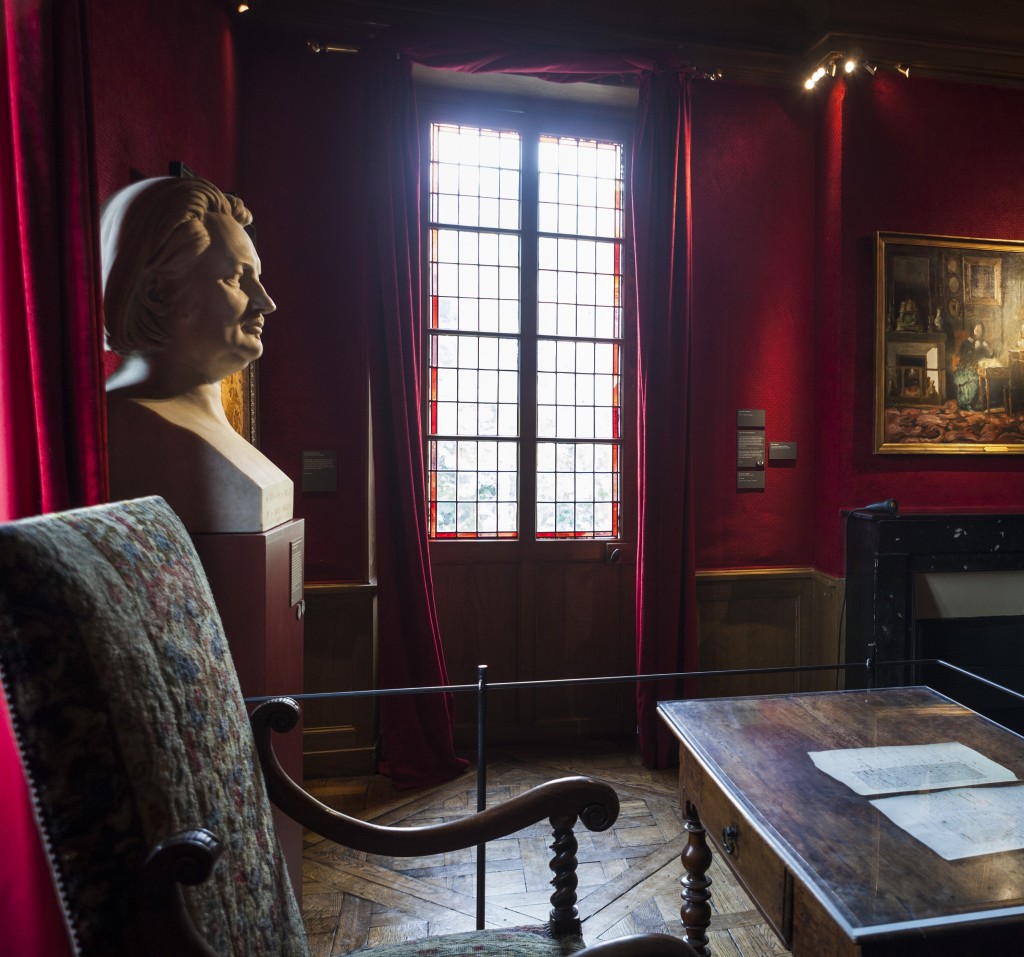In his relatively short life (1799-1850), French author Honoré de Balzac produced over 90 novels, many of them novellas in his epic anthology La Comédie Humaine, and stories about his work ethic continue to surround this almost-mythic figure. Balzac once claimed that he wrote for a 48-hour period on three hours’ sleep. He adopted bizarre sleeping patterns and would write fanatically throughout the night, editing and reediting even the most minute phrase until it was perfect. Immense debts and creditors nipping at his heels saw him produce a mammoth body of work in a relatively short period of time. Reports vary, but it is said he drank up to forty cups of coffee a day (although apparently Voltaire drank sixty!) sometimes mixing it with champagne. He dipped in and out of society, at times frequenting the salons by night, but often reverting to a reclusive state.

Of all the residences Honoré de Balzac occupied throughout his life, the Maison de Balzac is the only one left standing. It lies in a surprisingly peaceful corner of the city, down a steep stone staircase on an unassuming residential street. If you didn’t know to visit, you would never find it. But that’s part of the charm. Balzac occupied the house under a false name from 1840-7, when his debts were piling up. His writing room remains intact, and much focus is placed on his writing desk and materials. You’ll also find a fair amount of letters and photographs documenting the writer’s life and career.
But the highlight of the museum is the room dedicated to Balzac’s handwritten manuscripts. These pages upon pages of frenzied scribbles, criss-crossed with annotations, provide a real insight into the obsessive way in which he worked. You can almost feel that caffeine haze as you read through some of his more frenetic scrawl.
One more piece of advice: although the museum is located in a residential area of the city, please don’t get straight back on the metro. The quartier of Passy, with its charming boutiques and pretty streets, is a lovely corner of Paris that few visitors ever get to see. Have your afternoon coffee/s here, but stop before you get to forty cups.
